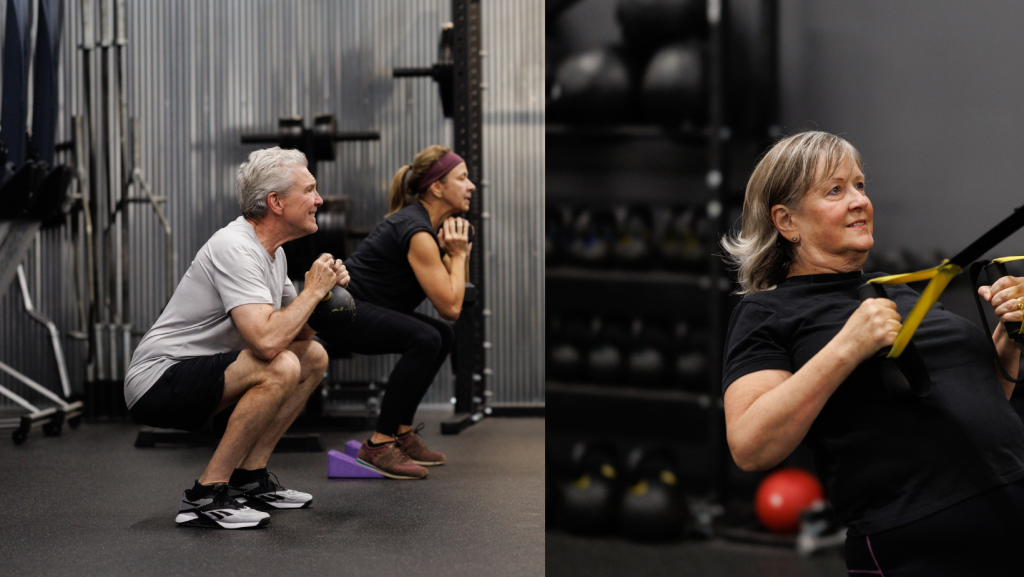Embarking on an exercise program while recovering from an injury can be a daunting yet rewarding endeavor. It requires a careful balance between staying active and not exacerbating your injury. This blog post will provide you with five key tips to safely start an exercise program during your recovery period.
1. Consult with Healthcare Professionals
Before you begin any exercise program, it’s crucial to consult with healthcare professionals. This is where we come in! It is important to find someone with experience in injury rehabilitation. They can assess your current condition and recommend exercises that are safe and beneficial for your specific injury. This step ensures that your exercise plan aligns with your recovery goals and doesn’t hinder your healing process.
Read more about highly trained providers
2. Start Slow and Listen to Your Body
When recovering from an injury, the adage “slow and steady wins the race” is particularly apt. Start with low-impact exercises that don’t put undue stress on your injury. Activities like walking, swimming, or cycling can be great starting points. It’s essential to listen to your body and understand the difference between a good pain associated with recovery and a bad pain that signals harm. If you experience discomfort or pain beyond mild soreness, it’s a sign to scale back.
Ready to start an exercise program, but do not know where to start due to pain? Set up a Free No Sweat Intro with one of our corrective exercise trainers to come up with a sustainable plan.
3. Focus on Strengthening and Flexibility
Incorporating strength training and flexibility exercises can be incredibly beneficial during injury recovery. Strengthening exercises help rebuild muscle and support injured areas, while flexibility exercises enhance the range of motion and prevent stiffness. Opt for exercises like yoga or pilates, which can be modified to suit your limitations and are effective in building both strength and flexibility.

4. Set Realistic Goals and Track Progress
Setting realistic, achievable goals can provide motivation and a sense of accomplishment. Your goals should be specific to your recovery stage and overall health. Keep track of your progress in a journal or an app. Monitoring your improvements not only boosts morale but also provides valuable feedback for adjusting your exercise plan as needed.
5. Prioritize Rest and Recovery
While exercising is important, equally crucial is allowing your body to rest and heal. Ensure you’re getting adequate sleep, as it plays a vital role in the recovery process. Additionally, include rest days in your exercise program to avoid overexertion. Remember, recovery times vary depending on the injury and individual, so give yourself grace and time to heal.
Conclusion
Starting an exercise program while recovering from an injury can significantly aid your healing process if done correctly. By consulting healthcare professionals, starting slow, focusing on strength and flexibility, setting realistic goals, and prioritizing rest, you can embark on a safe and effective journey to recovery. Remember, every step forward is a step towards better health and fitness.

Recent Comments